Getting Ready for the New Year! 🎍✨
To everyone, thank you for an amazing 2024!
This year was full of big events for me—launching Online Homestay Japanese Mama in July, going through pregnancy, and welcoming a new baby.
I truly appreciate being able to connect with you all across different countries.
Next year, I want to interact with you even more and create even more enjoyable content!
I’d love your support and encouragement as we move forward together.
Preparing for the Japanese New Year 🎌
In Japan, we have many traditional decorations and foods to celebrate the New Year.
Once December begins, stores across Japan start displaying New Year’s goods.
Traditional New Year Decorations
Kadomatsu (門松)
Kadomatsu is a traditional Japanese New Year decoration made of pine and bamboo, placed at the entrance of homes.
It serves as a marker for the Toshigami-sama (New Year deity), inviting good fortune into the home.
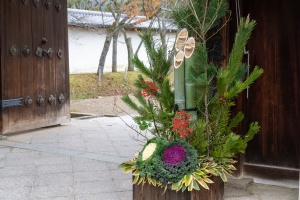
Shimekazari (しめ飾り)
Shimekazari is another essential New Year’s decoration, hung on doors to welcome Toshigami-sama.
It is believed to purify the space and ward off evil spirits, signifying that the house is a sacred place.
Nowadays, there are even modern and character-themed versions!
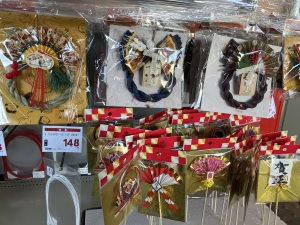
Kagami Mochi (鏡餅)
Kagami Mochi consists of two round rice cakes stacked on top of each other, often with a bitter orange (daidai) on top.
• The two mochi symbolize past & future or yin & yang.
• The name “kagami” (mirror) represents harmony and good fortune.
• The daidai fruit symbolizes family prosperity for generations.
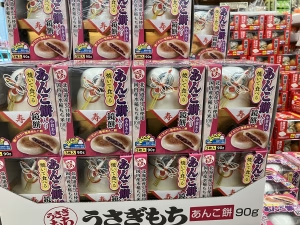
Pochi-bukuro (ポチ袋)
Pochi-bukuro are small decorative envelopes used to give money, typically for Otoshidama (New Year’s gift money for children).
They are also used for weddings, celebrations, and small tokens of appreciation.
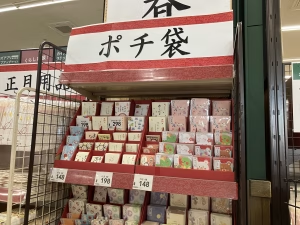
Sake (お酒)
Sake is an important part of the New Year celebration in Japan.
It symbolizes purity, celebration, good health, and strong bonds between people.

Our Family’s New Year Preparations
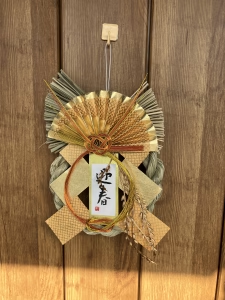
(Here, you can share your personal traditions, such as how you decorate, what food you prepare, or any special family customs!)
How do you celebrate the New Year in your country? Let me know in the comments! 🎉
皆さま、2024年ありがとうございました。
今年は、7月にOnline Homestay Japanese Mama をオープンさせ、妊娠や出産と大きな出来事が沢山ありました。
皆さまとこうやって、国を越えて交流できることを心より感謝しています。
来年はもっと皆さんと交流できるよう、そして楽しんでいただけるように発信していきたいと思っています。
皆さんのご協力、ご声援、お待ちしております。
さて、今日は日本のお正月の準備についてご紹介します。
日本には、伝統的な飾りや食べ物などがあります。12月に入ると、どこのお店でもお正月の商品が並び始めます。
お正月飾り
・門松
日本の伝統的なお正月飾りの一つで、家の門や玄関先に飾られる松や竹を使った装飾です。門松は新年に家を訪れる年神様(としがみさま)をお迎えするための目印として使われ、神聖な意味を持っています。
・締め飾り(しめ飾り(玉飾り)は、年神様をお迎えするために玄関などに飾られる、お正月のとても大切な飾りです。
年神様が降臨する場所を清める意味を持つ重要な飾りであるため、しめ飾りを飾ることで、その家が神聖な場所であることを示し、邪気を払う役割を果たします。)
現在では、キャラクターものやおしゃれなものもあります。
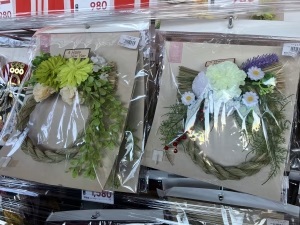
・鏡餅(鏡餅は、丸く平たく作り、大小二つを重ねた餅で、年神様への供物であり、その年神様が宿る依り代として大切にされています。
二段重ねの餅は、過去と未来、陰と陽などの二元性を表し、また、「福が重なる」「円満に年を重ねる」という意味を持つことから、家庭の円満や繁栄を願うものと考えられています。
鏡餅の上に乗っている橙(だいだい)には、「家系が代々繁栄するように」という願いが込められています。)
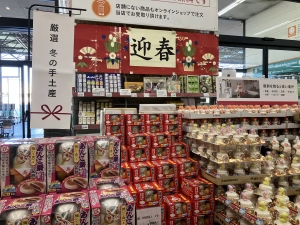
ポチ袋
ポチ袋とは、日本の伝統的な小さな封筒で、お金や心ばかりの贈り物を渡す際に使われます。特にお正月に子どもたちへ渡す「お年玉」を入れるためによく使われますが、その他にも結婚式やお祝い事、ちょっとした謝礼を渡す場面でも使用されます。
お酒
お正月にお酒が並ぶのは、神聖さ、祝い事、健康祈願、そして人々の絆を深めるという、日本の文化と伝統が反映された風習であり、用意されることが多いです。
我が家の正月準備
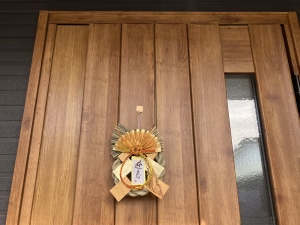
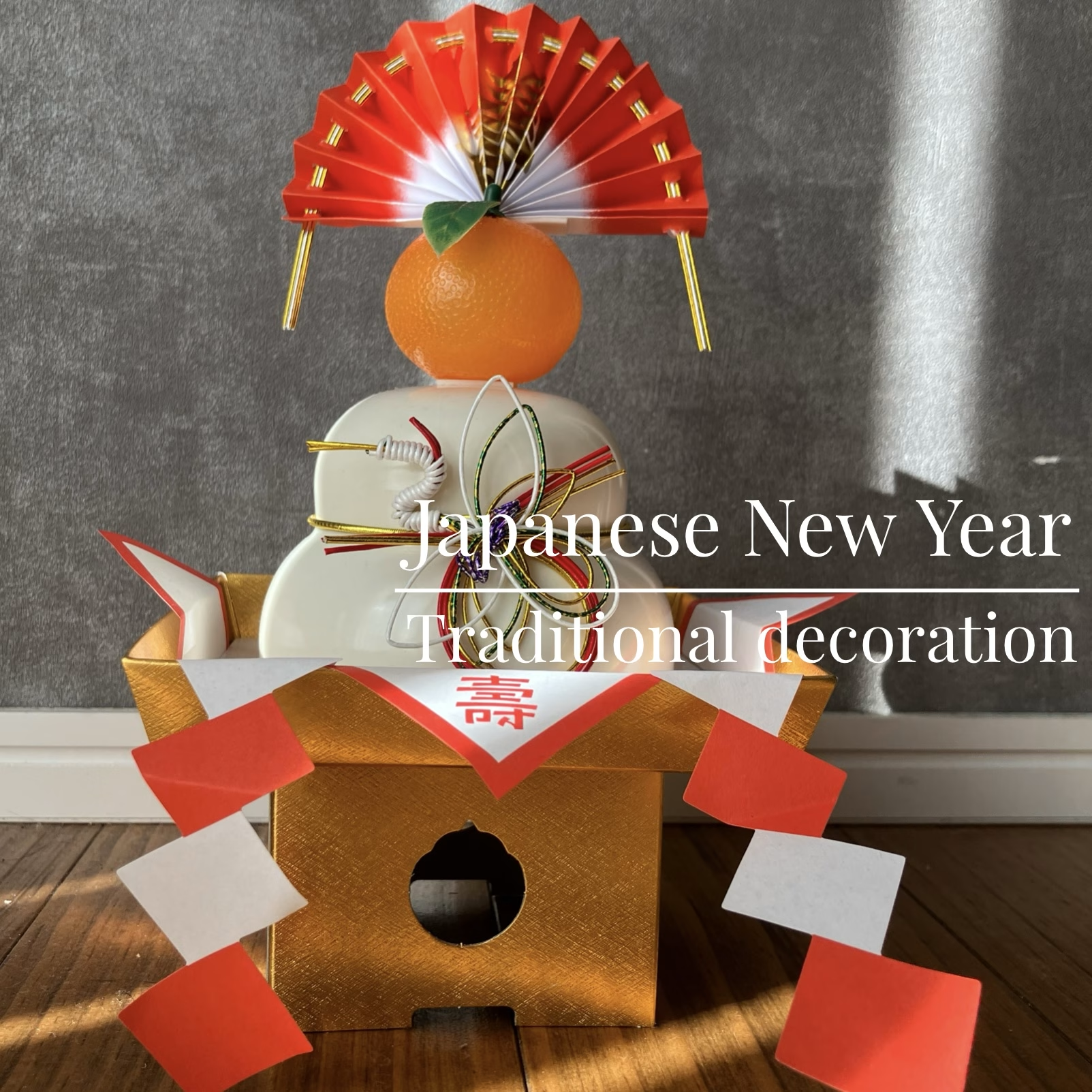
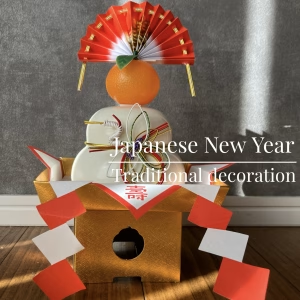

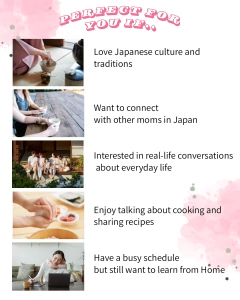

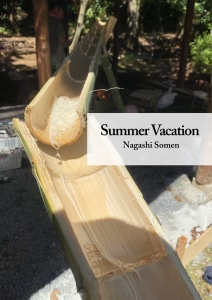
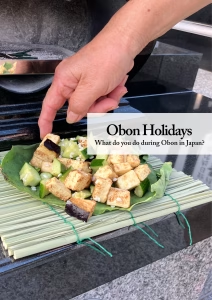




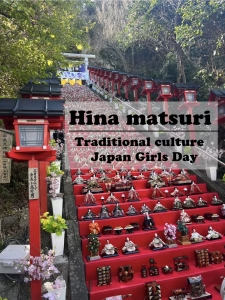

Comments